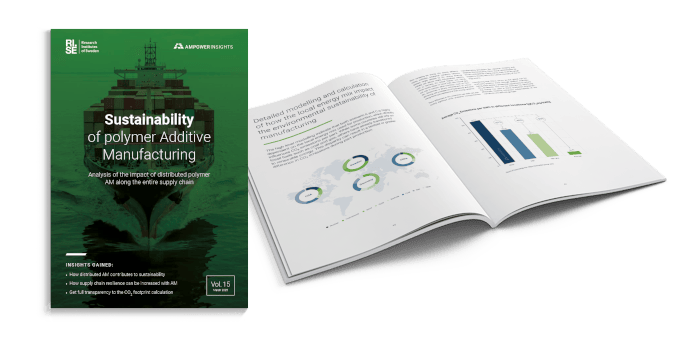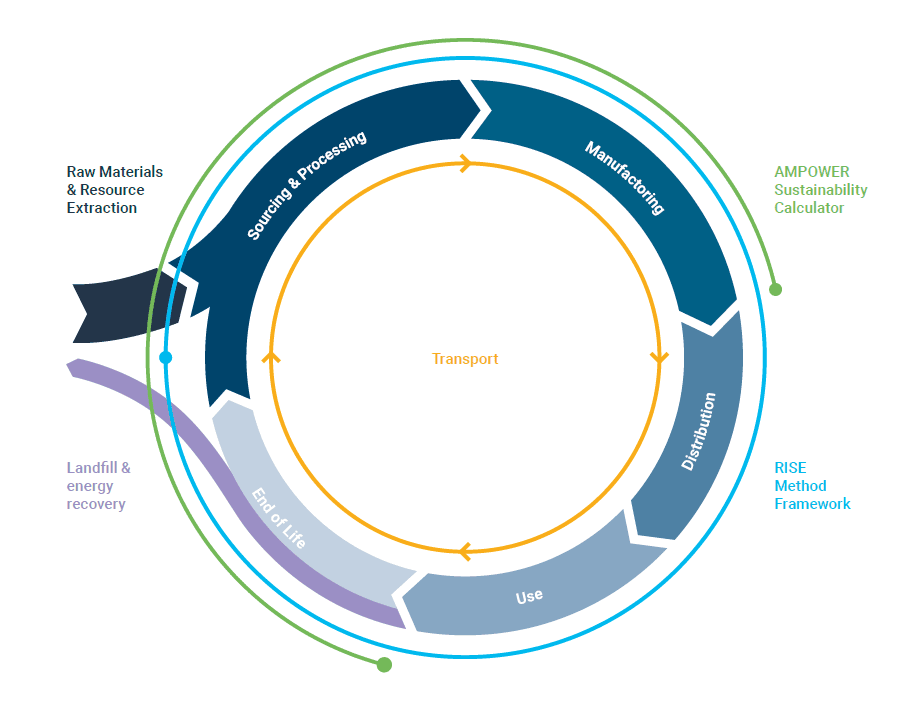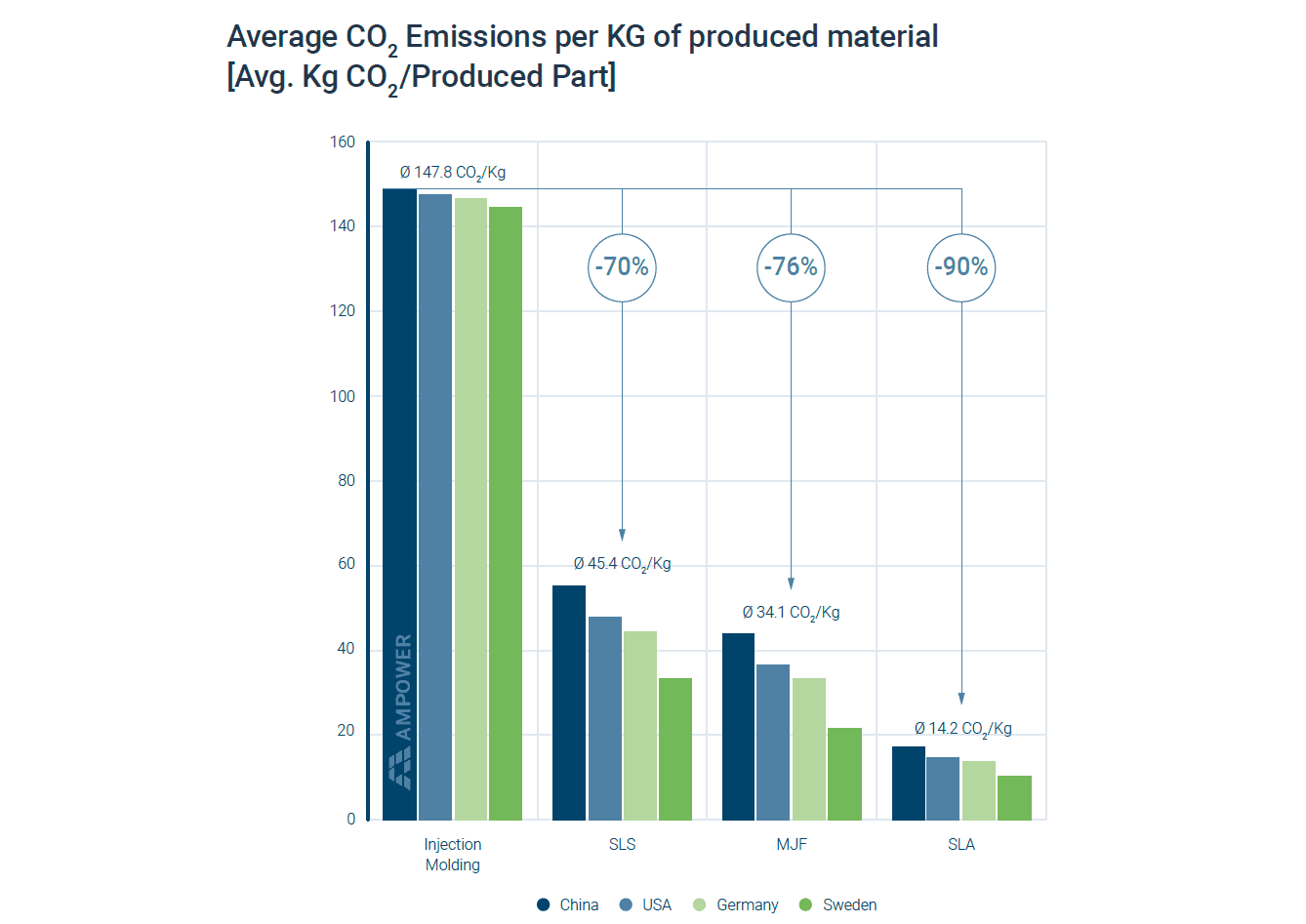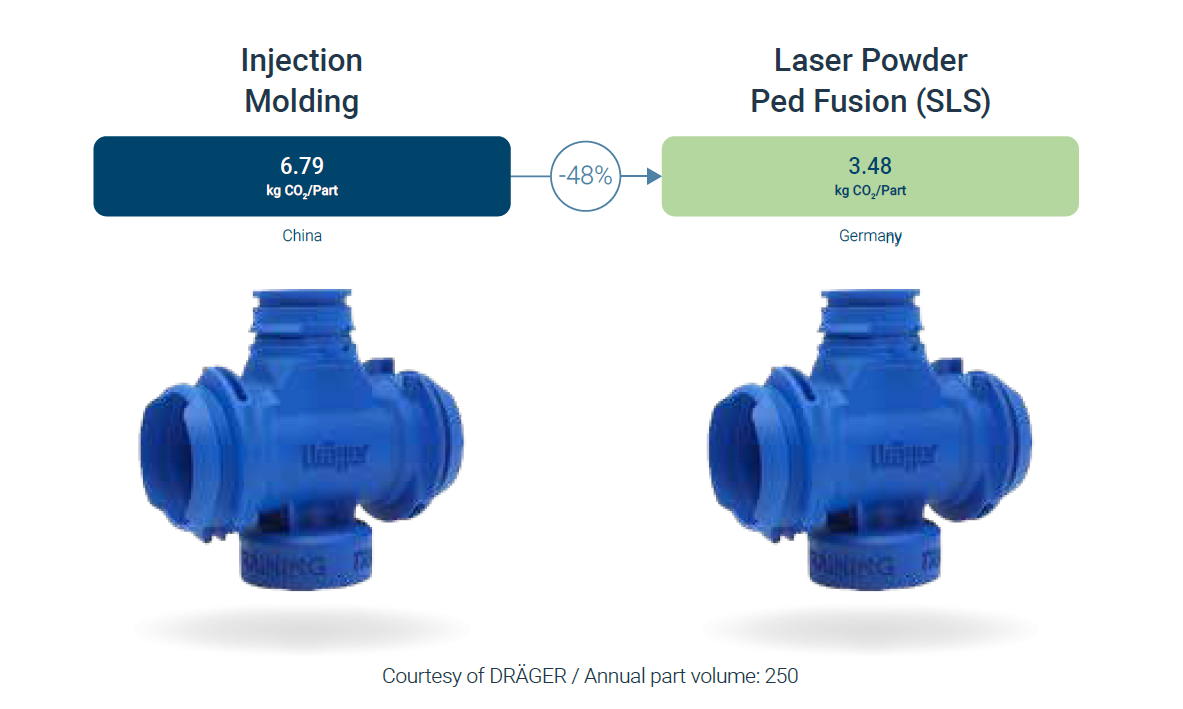The Role of Polymer Additive Manufacturing in Sustainability
Sustainability and supply chain resilience are top priorities for modern manufacturers. The ability to produce components efficiently while reducing waste and environmental impact is more critical than ever. Polymer Additive Manufacturing sustainability is playing a pivotal role in transforming production by enabling distributed manufacturing, reducing waste, and significantly cutting CO₂ emissions. By shifting away from traditional, centralized manufacturing, companies can significantly reduce their carbon footprint while improving supply chain flexibility and responsiveness.
Traditional manufacturing often relies on long, complex supply chains with high transportation emissions and excessive material waste. In contrast, Additive Manufacturing (AM) produces parts on demand, reducing the need for large inventories and cutting down on excess production. Additionally, localizing production through AM means fewer emissions from international shipping and less dependence on volatile global supply chains. However, to fully understand and leverage these benefits, businesses need a way to quantify AM’s impact.
The AMPOWER CO₂ Calculator: A Data-Driven Approach
Our latest Ampower Insights Whitepaper introduces the AMPOWER CO₂ Calculator, a powerful tool designed to independently assess the sustainability benefits of AM. Developed in collaboration with RISE, this tool provides a comprehensive analysis of how AM can reduce environmental impact. By evaluating CO₂ savings in various supply chain scenarios, the tool compares centralized production in China with regional Additive Manufacturing in Europe, offering real-world insights into sustainability gains.
This detailed analysis highlights the stark differences in emissions, lead times, and overall supply chain efficiency. With centralized manufacturing, companies must account for high transportation emissions, long delivery times, and the inefficiencies of mass production. In contrast, regional Additive Manufacturing enables more sustainable operations by minimizing logistics and utilizing energy-efficient production processes.
Unlock the Full Potential of Sustainable Manufacturing
The potential of Polymer Additive Manufacturing sustainability extends beyond just lowering emissions. AM also enables part consolidation, reducing the number of components required for complex assemblies. This not only improves efficiency but also decreases the need for additional raw materials, further enhancing sustainability efforts. Moreover, lightweighting—a key advantage of AM—allows manufacturers to create stronger yet lighter parts, reducing energy consumption in industries such as aerospace and automotive.
Businesses looking to build more sustainable, agile, and cost-effective supply chains must take advantage of data-driven insights. The AMPOWER CO₂ Calculator provides a transparent and reliable way to measure the benefits of AM, helping companies make informed decisions about their production strategies. By implementing Polymer Additive Manufacturing sustainability practices, companies can align with environmental regulations, lower operational costs, and improve overall competitiveness.
Download the whitepaper to explore the full analysis and discover how the AMPOWER CO₂ Calculator can support your sustainability goals.




